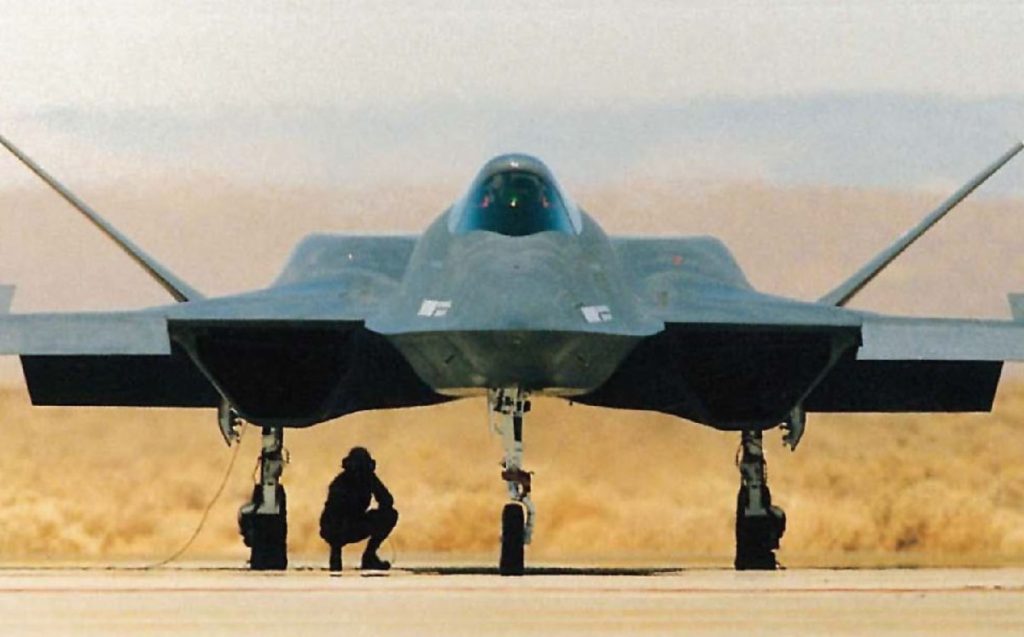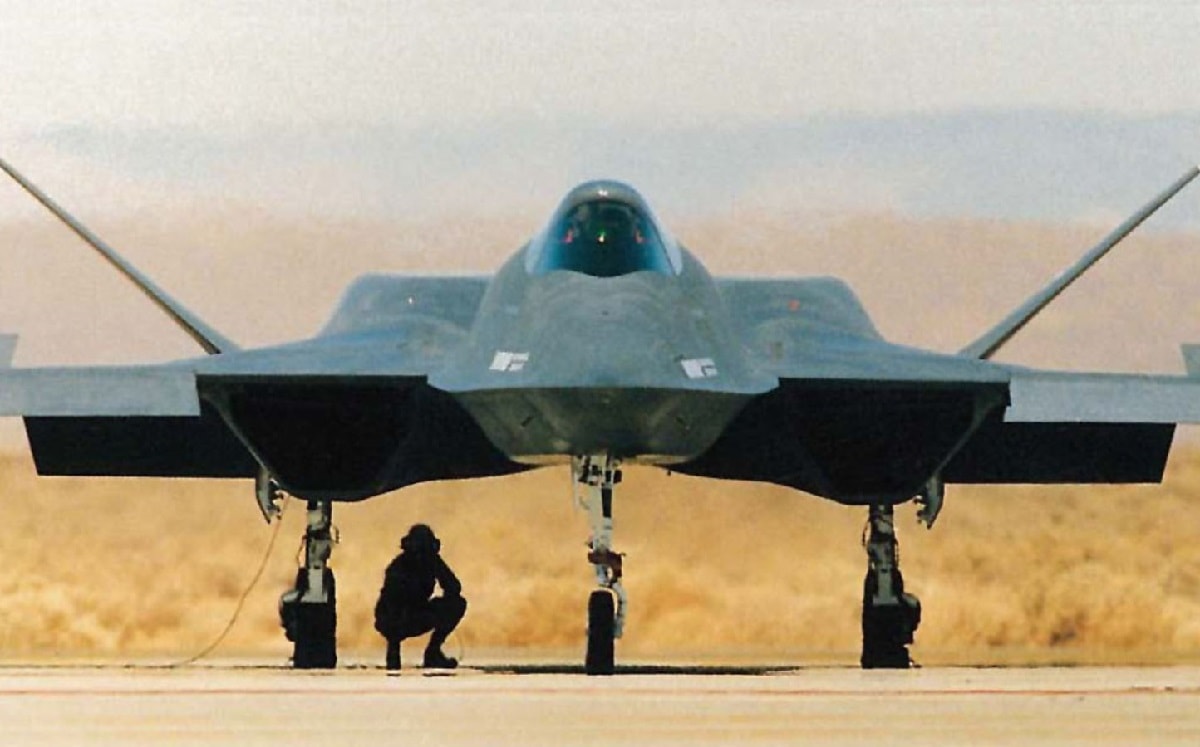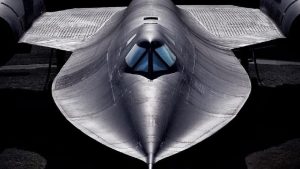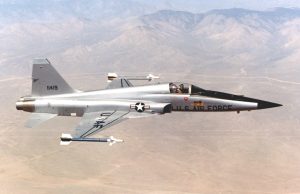If events had unfolded differently a few years ago, Japan might already use an updated version of its stealth YF-23 fighter.

Northrop Grumman designed a new Japanese stealth fighter (similar to the YF-23?) nearly a decade ago. A sophisticated multirole combat aircraft for the Japanese Air Self-Defense Force was allegedly on Northrop Grumman’s radar in 2018. (JASDF). Others even speculated that Northrop could have modified the YF-23 to suit Tokyo’s needs better.
To protect its cutting-edge technology, especially its stealth capabilities, the United States barred the Lockheed Martin F-22 Raptor exports as part of the 1997 Obey Amendment, prompting Tokyo to launch the F-X program. When Japan couldn’t buy F-22s, they pondered making their fighter plane. The Japanese government also approached the United States and the United Kingdom with ideas for involvement in the project.
According to a 2018 report by Reuters, “Drawing in international partners would allow Japan to share development costs, estimated at over $40 billion, and give it access to technologies it would otherwise have to build from scratch.”
BAE Systems, Boeing, Lockheed Martin, and Northrop Grumman were the companies to react. The F-15s of the JASDF was offered an upgrade by Boeing, which may have led to the development of a plane like the F-15EX currently being fielded by the United States Air Force. Lockheed Martin showed an F-22/F-35 fighter-bomber hybrid, but BAE Systems showed an improved Eurofighter Typhoon.
Northrop Grumman responded to the Japanese request for information (RFI) and initiated early conversations with the Japanese military sector, indicating that the company was interested in the eventual F-3 programme.
The company may have even dusted off the YF-23 specifications. The Lockheed Martin F-22 Raptor bested it in a 1991 competition to become the Advanced Tactical Fighter (ATF) for the United States Air Force. Several publications published between 2018 and today speculate why Japan would have chosen this path, given that the YF-23 was equipped with cutting-edge stealth technology. Even now, some believe the YF-23 is superior to the F-22 Raptor.
It gave Tokyo a “menu of technologies” it might provide for the F-35 fighter programme.
Japan wanted a foreign partner to split the bill. Still, it also wanted to ensure that domestic industries supplied the F-3’s avionics and flight hardware, including the aircraft’s communication and navigation systems, radar, and engines. The Japanese IHI Corp. was already working on such devices.
To replace the Mitsubishi F-2 by the middle of the 2030s, Mitsubishi Heavy Industries was chosen as the principal developer of the fighter programme in October 2020. Mitsubishi and Lockheed Martin collaborated to create the F-2, which first saw service in 2000. Even though the F-3’s development status is unknown, Japan has joined the Future Combat Air System (FCAS) programme, commonly known as Tempest, directed by the United Kingdom. Due to the length of time since I last fired a P220, I chose to consult a high school friend who does possess one to provide our readers with a more in-depth review of the firearm.






